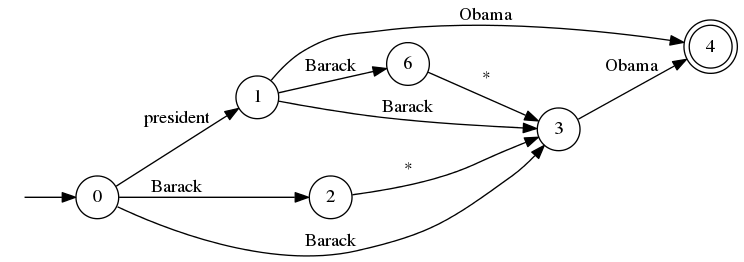10 Reasons to Choose Apache Solr Over Elasticsearch by Grant Ingersoll.
From the post:
Hey, clickbait title aside, I get it, Elasticsearch has been growing. Kudos to the project for tapping into a new set of search users and use cases like logging, where they are making inroads against the likes of Splunk in the IT logging market. However, there is another open source, Lucene-based search engine out there that is quite mature, more widely deployed and still growing, granted without a huge marketing budget behind it: Apache Solr. Despite what others would have you believe, Solr is quite alive and well, thank you very much. And I’m not just saying that because I make a living off of Solr (which I’m happy to declare up front), but because the facts support it.
For instance, in the Google Trends arena (see below or try the query yourself), Solr continues to hold a steady recurring level of interest even while Elasticsearch has grown. Dissection of these trends (which are admittedly easy to game, so I’ve tried to keep them simple), show Elasticsearch is strongest in Europe and Russia while Solr is strongest in the US, China, India, Brazil and Australia. On the DB-Engines ranking site, which factors in Google trends and other job/social metrics, you’ll see both Elasticsearch and Solr are top 15 projects, beating out a number of other databases like HBase and Hive. Solr’s mailing list is quite active (~280 msgs per week compared to ~170 per week for Elasticsearch) and it continues to show strong download numbers via Maven repository statistics. Solr as a codebase continues to innovate (which I’ll cover below) as well as provide regular, stable releases. Finally, Lucene/Solr Revolution, the conference my company puts on every year, continues to set record attendance numbers.
…
Not so much an “us versus them” piece as tantalizing facts about Solr 6 that will leave you wanting to know more.
Grant invites you to explore the Solr Quick Start if one or more of his ten points capture your interest.
Timely because with a new presidential administration about to take over in Washington, D.C., there will be:
- Data leaks as agencies vie with each other
- Data leaks due to inexperienced staffers
- Data leaks to damage one side or in retaliation
- Data leaks from foundations and corporations
- others
If 2016 was the year of “false news” then 2017 is going to be the year of the “government data leak.”
Left unexplored except for headline suitable quips found with grep, leaks may not be significant.
On the other hand, using Solr 6 can enable you to weave a coherent narrative from diverse resources.
But you will have to learn Solr 6 to know for sure.
Enjoy!

